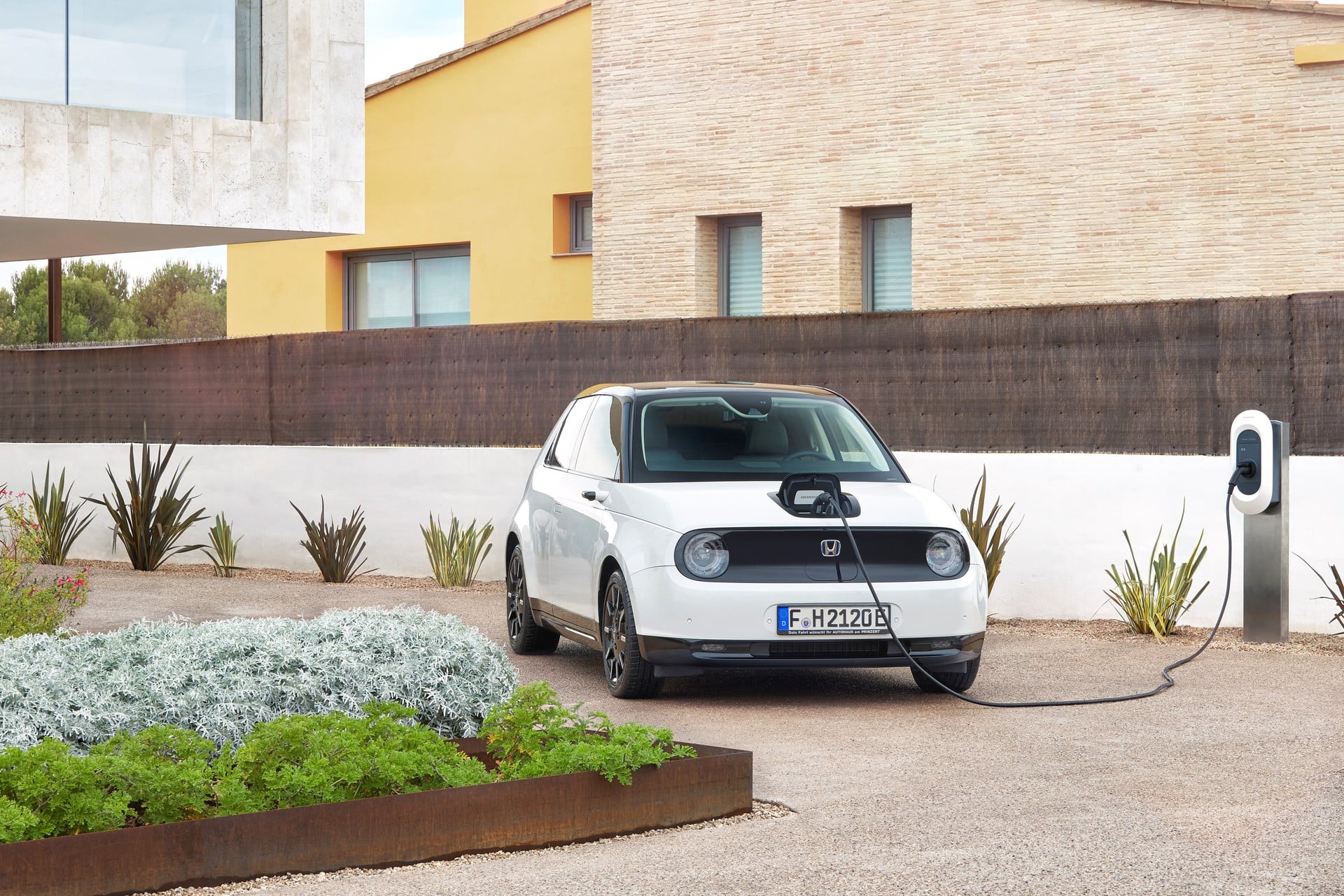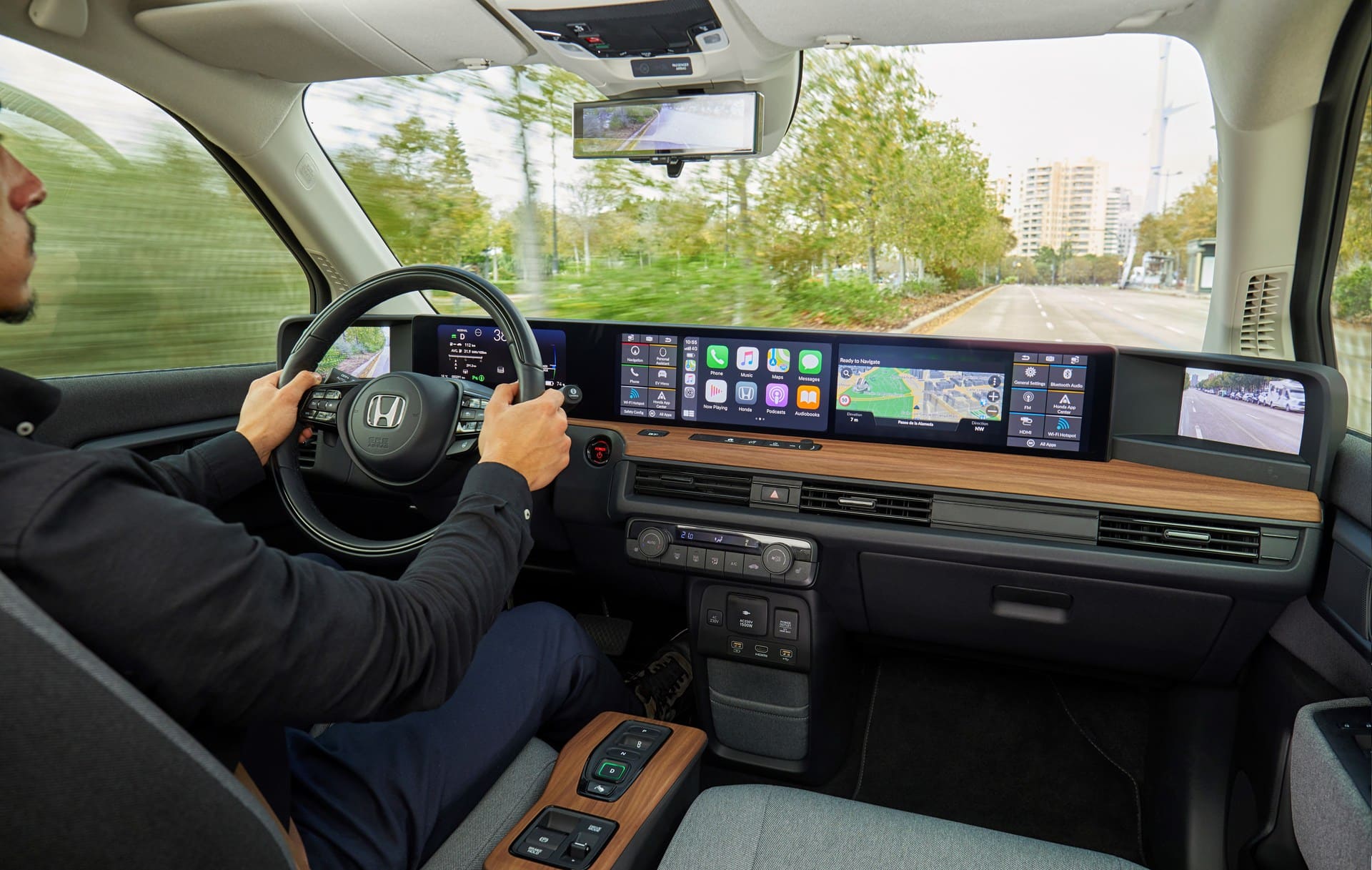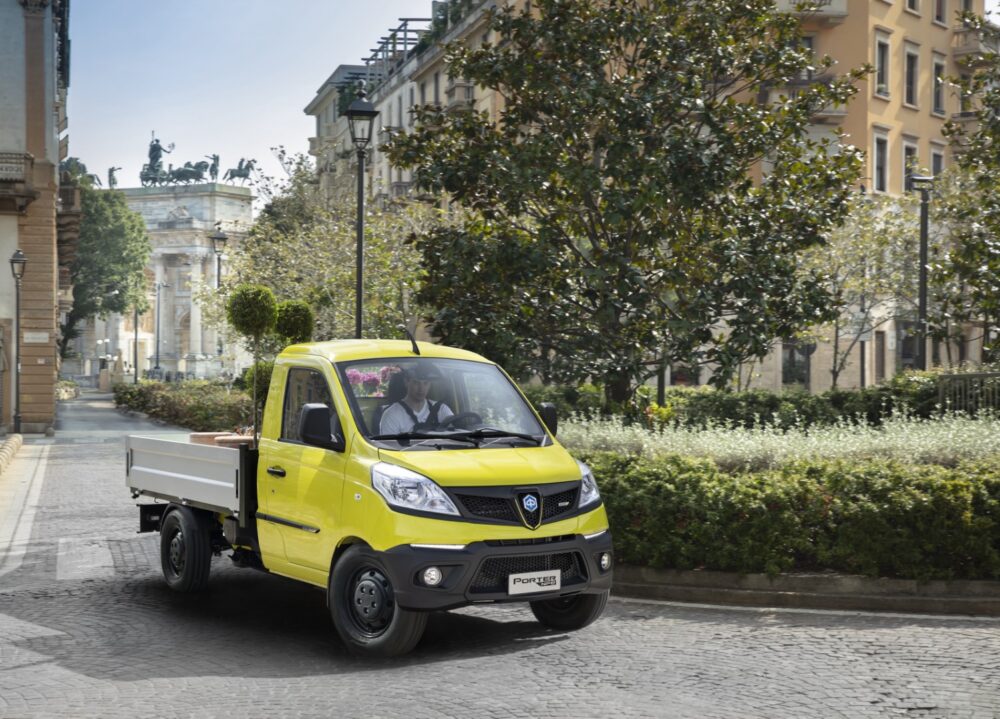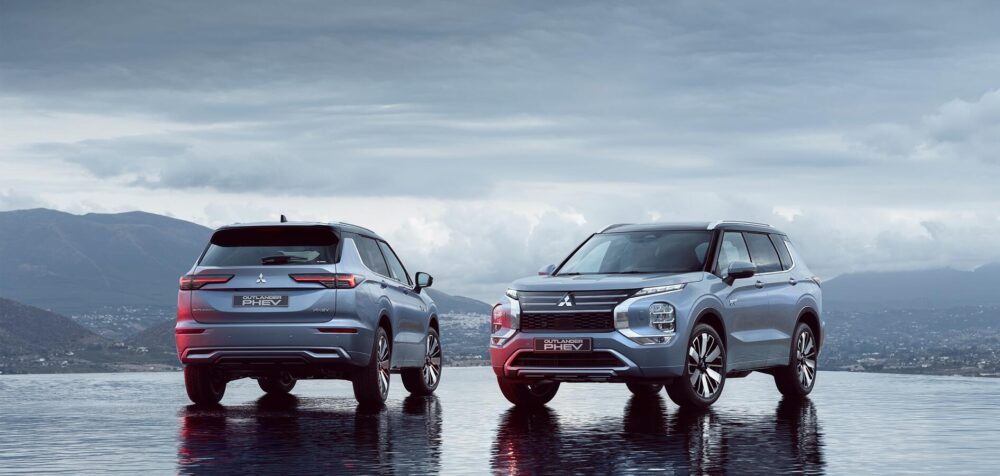Honda: The small e means future 🎥
UNCONVENTIONAL The first purely electric model from Honda has now arrived at Swiss agents. The runabout with the e stands on a newly developed platform and is bursting with ideas. The functions of the Honda e at a glance. With a little practice, you can quickly get to grips with everything. In Switzerland, only the [...]
The functions of the Honda e at a glance. With a little practice, you'll quickly have everything under control.
In Switzerland, only the top version Honda e Advance with 113 kW (150 hp) and 300 Nm is available (0 to 100 km/h in eight seconds). Prices start at 43,100 Swiss francs.
Fast charging function for commuting
The Honda e Advance is available with a choice of 16-inch or 17-inch aluminum wheels, enhanced engine performance and a camera system in the interior mirror. This can be activated to display the image from a central rearview camera in the rearview mirror.
Additional upgrades include a powerful audio system, heated windshield and steering wheel, and Honda Parking Pilot driving assistance. The advanced electric powertrain is based on Honda's electrification technologies, with a quick-charge feature for the demands of daily commuting.

Range over 200 kilometers
The powerful 35.5 kWh battery offers a range of 222 kilometers, which can be charged to 80 percent in 30 minutes. An adapted thermal management system optimizes battery life at high and low temperatures. This enables optimum vehicle range and more regular, faster recharges.

Sufficient space for all occupants
Compared with the first studies, the Honda e has lost a lot of its roundness. If only to provide sufficient headroom for adult passengers in the rear. Nevertheless, as planned, the designers in Japan have created an independent vehicle concept and developed a new platform specifically for electric vehicles.
Same design for front and rear
The concave black longitudinal strip that connects the headlights, daytime running lights and turn signals at the front is repeated with the same dimensions at the rear in the round taillights. The box for the charging socket has not been hidden anywhere, but demonstratively placed under dark safety glass in the middle of the hood.
Two cameras instead of rear view mirror
The Japanese have dispensed with wide side mirrors altogether. Instead, there are two small cameras, splash-proof and dirt-repellent coated. They show what is being sent from the rearview mirrors in real time on the left and right via two 6-inch monitors. With a length of 3895, a width of 1,750 and a height of 1,512 mm, it has roughly the dimensions of a Ford Ka+ or Toyota Yaris.

Full width displays
The dashboard consists of three full-width screens connected into a single unit. In front of the driver is the 8.8-inch digital display for speed, driving data and more. This is followed by two almost identical touchscreens, each measuring 12.3 inches, which display everything from navigation and entertainment to the current power flow or the integration of various smartphones.
It does not work without buttons and switches
Some systems like air conditioning, volume or the driving programs can be quickly adjusted via buttons and switches as before. The two screens can be moved from left to right and vice versa with a click.
And this is how the electric Honda drives
In terms of driving characteristics, the electric Honda performs brilliantly - and this can be attributed to its technical fundamentals. The agile rear-wheel drive, for example, is the exception for a car the size of a small car. Or the low center of gravity due to the location of the batteries deep in the floor of the car. Or the almost ideal weight distribution of 50:50, or the tight turning circle of 8.60 meters. The Honda e handles correspondingly smoothly through curves. The variable-ratio steering is surprisingly precise and direct, and the suspension is still quite comfortable even on bad roads.
Sport mode or one-pedal driving
The sport mode can be activated at the push of a button - the Honda e then shoots off even more dynamically. Another button activates one-pedal driving. The Honda e can then be driven by virtually anyone using the accelerator pedal. When the driver releases the accelerator, a deceleration of up to 1.8 g is automatically applied - until the vehicle comes to a standstill.
If you drive with a bit of foresight, you can almost manage without using the brake pedal, even in the city. The braking effect can be adjusted via paddles on the steering wheel. This is what makes the cars of the future so much fun.









